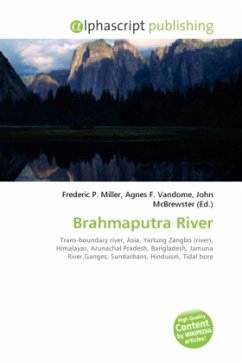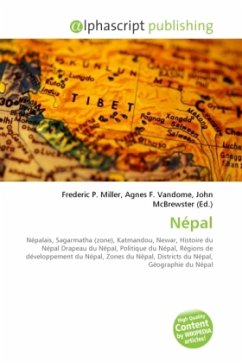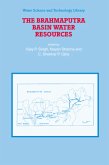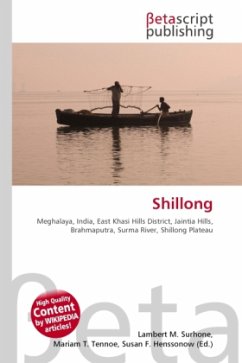The Brahmaputra, also called Tsangpo-Brahmaputra, is a trans-boundary river and one of the major rivers of Asia. From its origin in southwestern Tibet as the Yarlung Zangbo River, it flows across southern Tibet to break through the Himalayas in great gorges and into Arunachal Pradesh where it is known as Dihang. It flows southwest through the Assam Valley as Brahmaputra and south through Bangladesh as the Jamuna (not to be mistaken with Yamuna of India). There it merges with the Ganges to form a vast delta. About 1,800 miles (2,900 km) long, the river is an important source for irrigation and transportation. Its upper course was long unknown, and its identity with the Yarlung Tsangpo was only established by exploration in 1884-86. This river is often called Tsangpo-Brahmaputra river. The average depth of river is 124 feet (38 m) and maximum depth is 380 feet (120 m). In Bangladesh the river merges with the Ganges and splits into two: the Padma and Meghna River. When it merges with the Ganges it forms the world's largest delta, the Sunderbans.
Bitte wählen Sie Ihr Anliegen aus.
Rechnungen
Retourenschein anfordern
Bestellstatus
Storno








